Ukraine’s Audacious Sea Drones: The Quest to Neutralize Russia’s Naval Might
In the silent but deadly chess game of modern naval warfare, a Ukrainian commander known by the callsign ’13’ is rewriting the rules. At a concealed base along the Dnipro river, an unassuming fleet of lethal sea drones stands ready, embodying Ukraine’s audacious strategy to counter Russia’s naval dominance in the Black Sea.
These drones, bristling with explosives and steered by the skilled hands of the GUR (Ukraine’s military intelligence), have already made their deadly mark, sinking Russian warships and reshaping the naval conflict.

It’s a story of David versus Goliath on the high seas. At a clandestine dockside warehouse along the Dnipro river, Ukraine’s formidable fleet of sea drones, loaded with explosives potent enough to decimate Russia’s entire Black Sea navy, lies in wait.
The commander of this fleet, known only as ’13’, stands at the forefront of a new era in naval warfare, having already proven the drones’ deadly efficacy against Russian warships.
The Ukrainian military intelligence service, GUR, has unveiled three types of these sea drones to The Times, showcasing a new tactical edge in Ukraine’s arsenal.
On November 10, two Russian ships met their watery graves off Crimea’s coast, victims of a stealthy dawn attack by these drones. The precision and timing of the assault, despite Russian gunfire, underscore the drones’ effectiveness and the skill of their operators.
However, this wasn’t an isolated incident. Commander 13’s team has been systematically targeting Russian naval assets since May.
The Ivan Khurs, a Russian reconnaissance ship, and the Sergey Kotov, a state-of-the-art patrol ship, both suffered crippling attacks attributed to these Ukrainian drones.
The cost disparity between building such ships and the drones used to attack them is staggering, highlighting the strategic advantage these weapons bring to Ukraine.
These unmanned aerial vehicles (UAVs) are revolutionizing naval combat, exposing the vulnerability of large, expensive warships to inexpensive, rapidly-produced suicide drones. As Commander 13 puts it, they are “writing history,” with Western partners keenly observing the effectiveness of these tools.
Other Ukrainian units have used similar drones in high-profile attacks, including the assault on the Kerch bridge and various Russian naval vessels. The larger warheads these drones carry – up to 1,000 pounds – make them particularly formidable against larger ships and installations.
Their success has had a significant tactical impact. Russian naval forces, once a looming threat for an amphibious landing at Odesa, are now confined to defensive missions along Kremlin-controlled coasts.
This shift has allowed Ukraine to establish a vital international trade route along the coastlines of Romania and Bulgaria, breaking Putin’s economic stranglehold.
The United States, through Ambassador Bridget Brink, has recognized the importance of Ukraine’s maritime success, especially in facilitating grain and metal exports vital to the global economy.
Commander 13’s ambition doesn’t stop at the recent victories. With advanced technology possibly sourced from the West, including Starlink-style satellite receivers and powerful engines, the future of these drones looks even more promising.
The commander’s dream is clear and ambitious: to obliterate Russia’s naval presence in the Black Sea, ensuring its waters are free once again.
As the conflict continues, the story of Ukraine’s daring sea drones serves as a testament to innovation and resilience in the face of overwhelming odds.
The Ukrainian navy’s accomplishments represent a significant tactical turnaround and provide a glimpse into the future of naval warfare with continued support from allies like Britain, as Lord Cameron of Chipping Norton acknowledged.

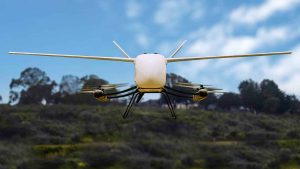

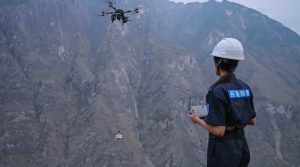



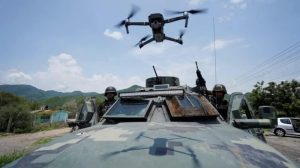

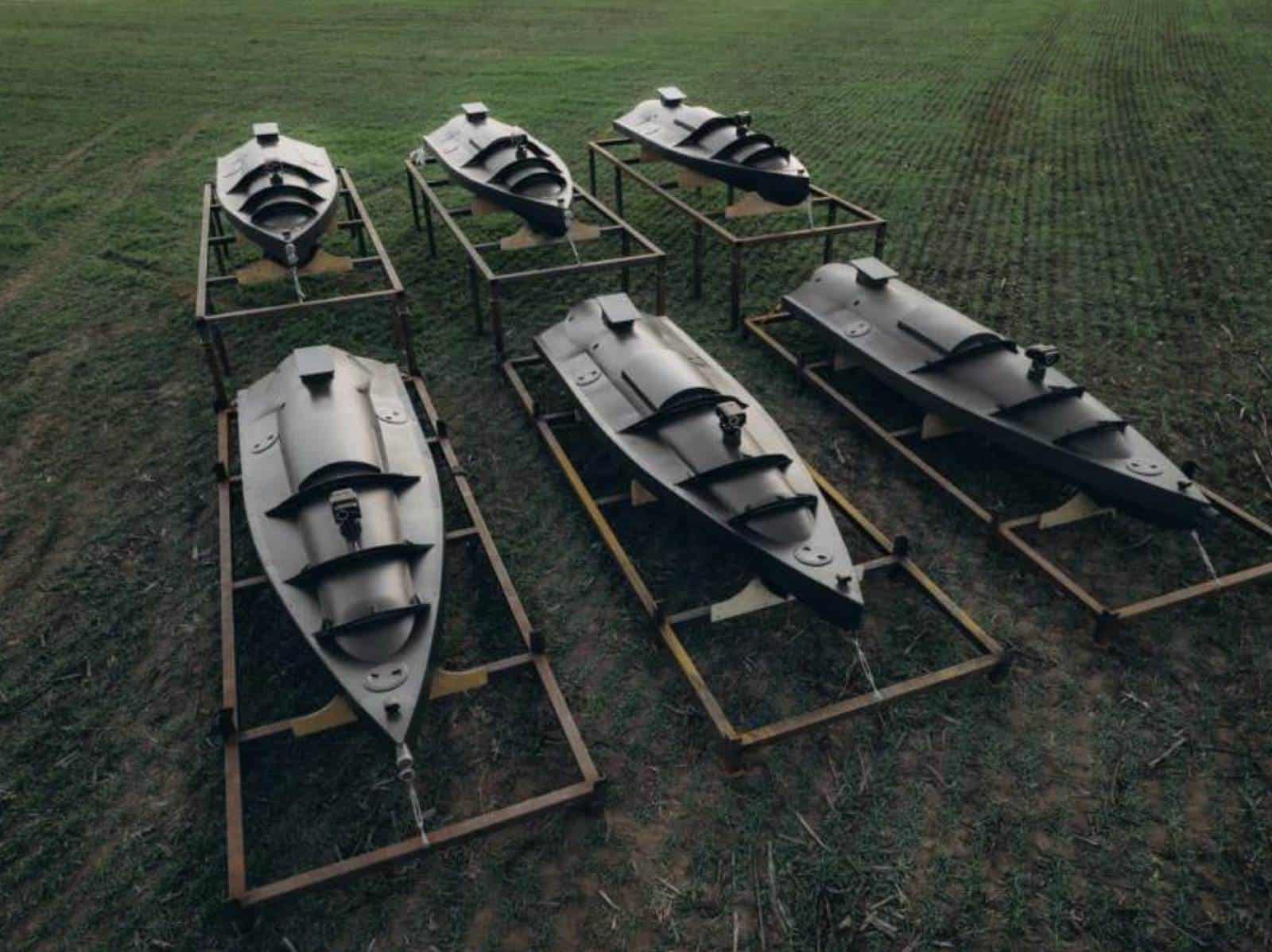

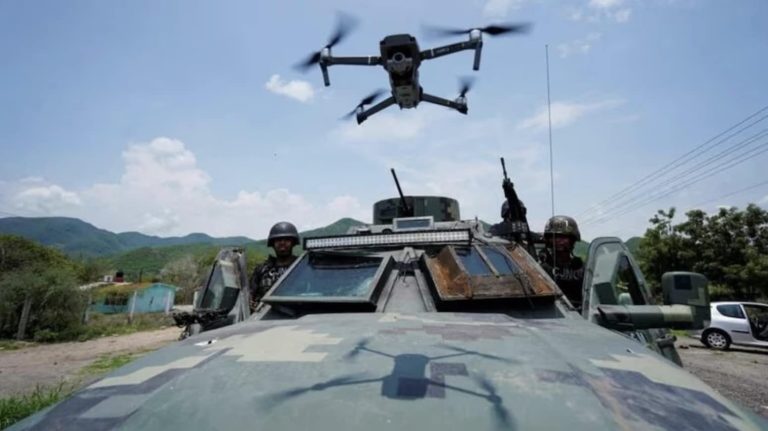
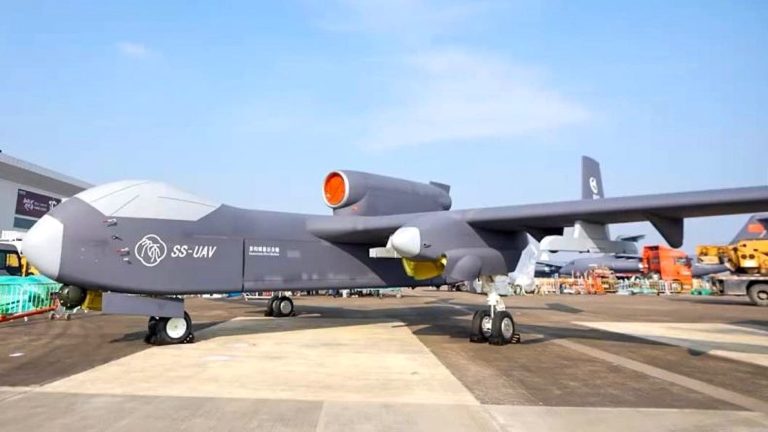


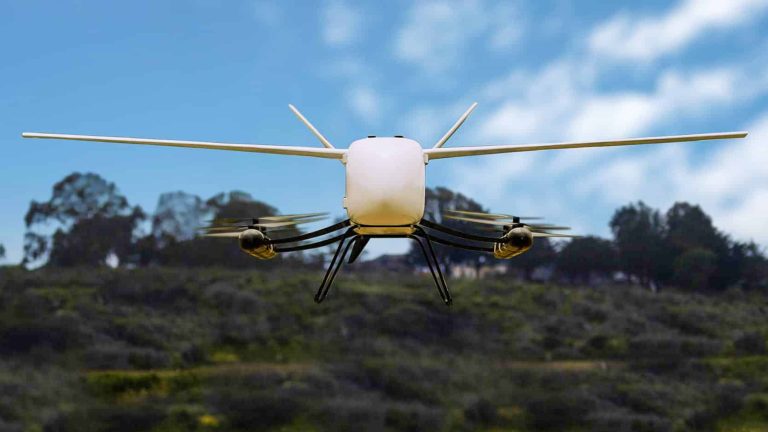



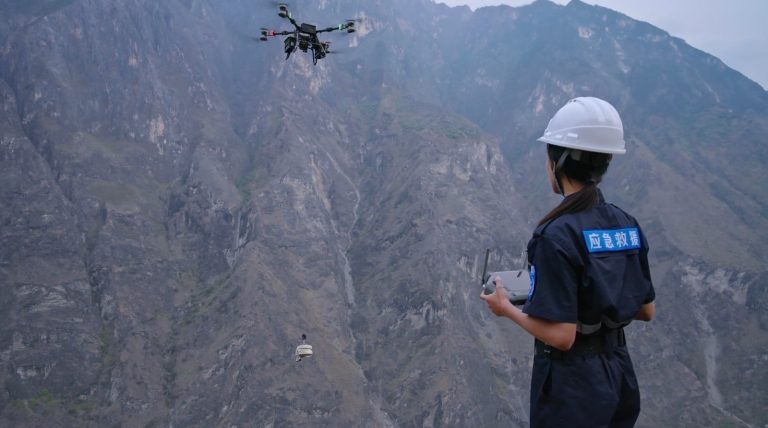


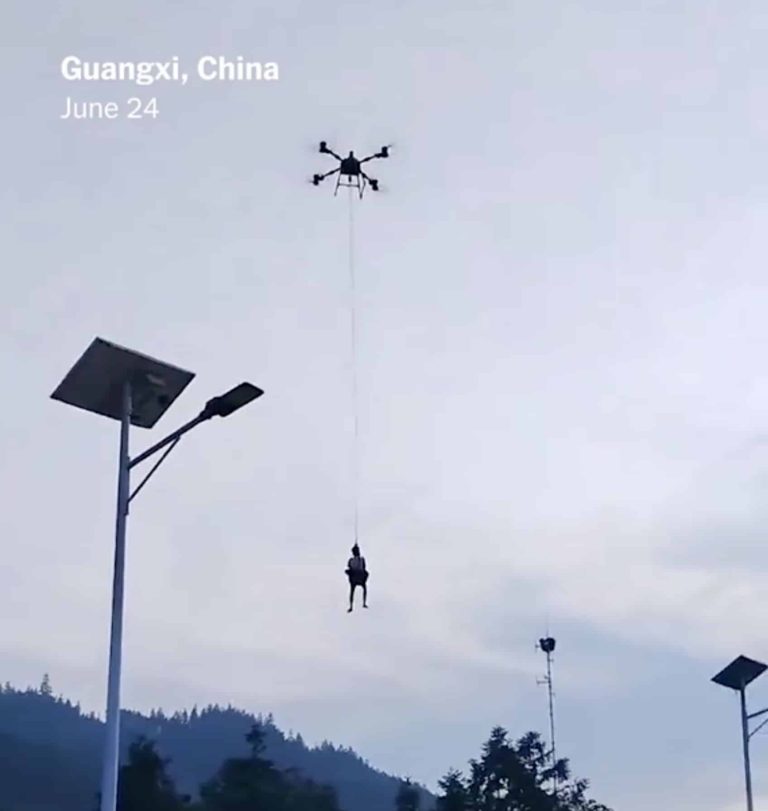
+ There are no comments
Add yours